Tall, Long, Deep, and Wide: Weighing Your Books

Barnes and Noble and I are old friends. We go way back, went on some double dates back in the day, you know? So I try to stop in pretty frequently to see how the old boy’s doing. He’s such a welcoming host I usually don’t leave without a new book or two in hand, even though my To-Be-Read pile is starting to resemble a fortress made of paper bricks and dusty mortar.
My confession is that, when I’m deciding exactly which books are going to accompany me home, I look at all the usual factors: Blurb, cover art, quality of the first page or two, and any positive or negative vibes about book or author I’ve absorbed from the aether. But I also weigh the book, and surreptitiously pull out a tape measure to check how many inches separate the covers.

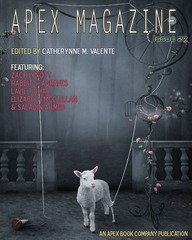 Apex Magazine is a monthly on-line publication of science fiction, fantasy and horror edited by Catherynne M. Valente. The current issue features three stories: “The Whispered Thing” by Zach Lynott, “The Tiger Hunter” by Rabbit Seagraves, “The Secret Protocols of the Elders of Zion” by Lavie Tidhar and, continuing with titles that all start with “The,” poetry by Saladin Ahmed, “The Djinn Prince in America: A Micropic in 9 Tracks.” Jason Sizemore’s non-fiction piece is “Five Genre Books that Raise Mind-numbing Philosophical Questions.”
Apex Magazine is a monthly on-line publication of science fiction, fantasy and horror edited by Catherynne M. Valente. The current issue features three stories: “The Whispered Thing” by Zach Lynott, “The Tiger Hunter” by Rabbit Seagraves, “The Secret Protocols of the Elders of Zion” by Lavie Tidhar and, continuing with titles that all start with “The,” poetry by Saladin Ahmed, “The Djinn Prince in America: A Micropic in 9 Tracks.” Jason Sizemore’s non-fiction piece is “Five Genre Books that Raise Mind-numbing Philosophical Questions.”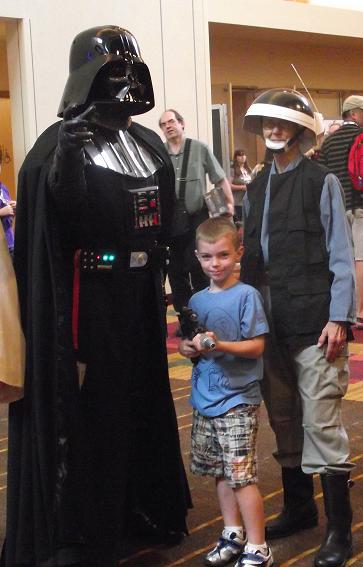 The force is strong with this one, it seems. Yes, that’s my beloved son, taking his first steps toward a larger, more gamer-filled world, as he becomes a temporary apprentice to Lord Vader. (Don’t ask me why the Rebel Alliance officer is standing near them. It just doesn’t fit continuity!)
The force is strong with this one, it seems. Yes, that’s my beloved son, taking his first steps toward a larger, more gamer-filled world, as he becomes a temporary apprentice to Lord Vader. (Don’t ask me why the Rebel Alliance officer is standing near them. It just doesn’t fit continuity!)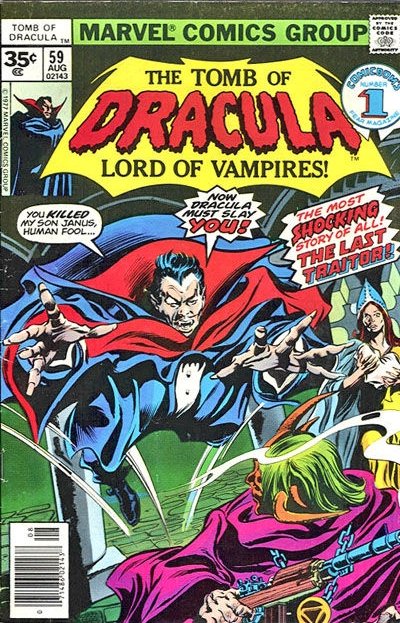
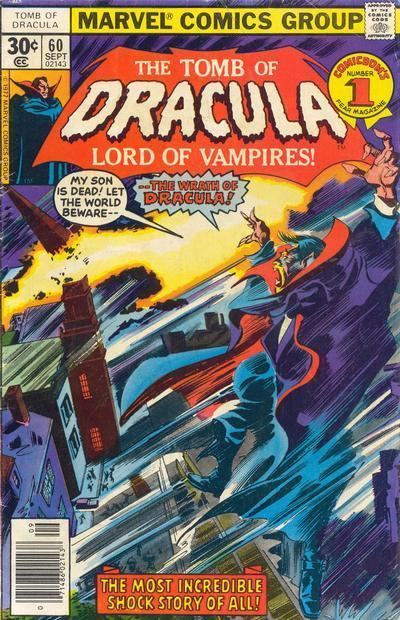


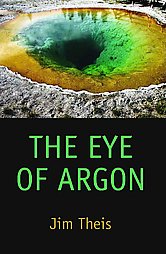

 Cowboys & Aliens (2011)
Cowboys & Aliens (2011)